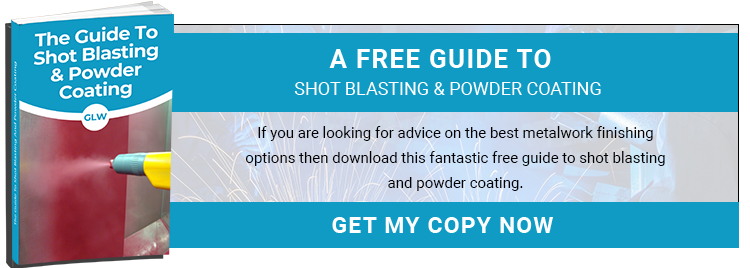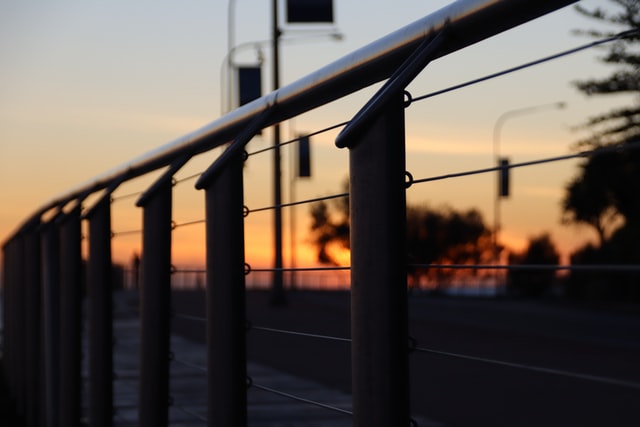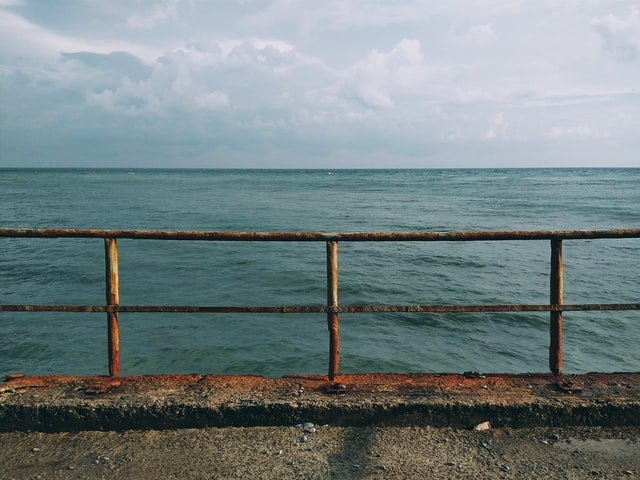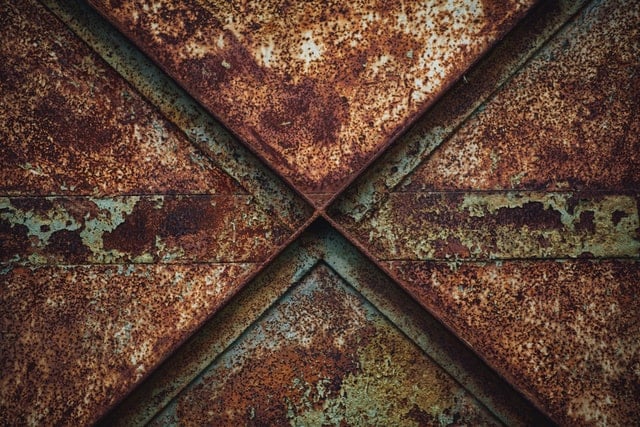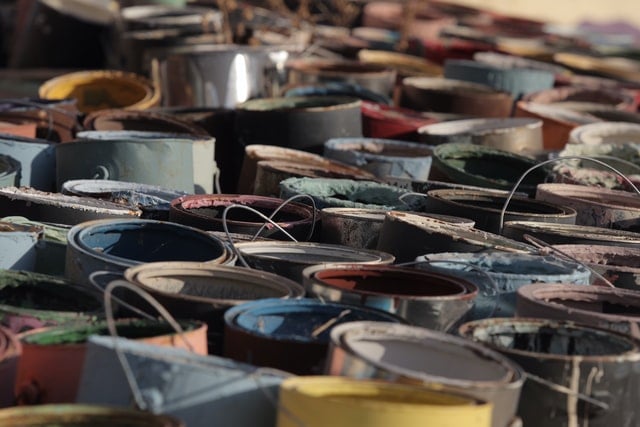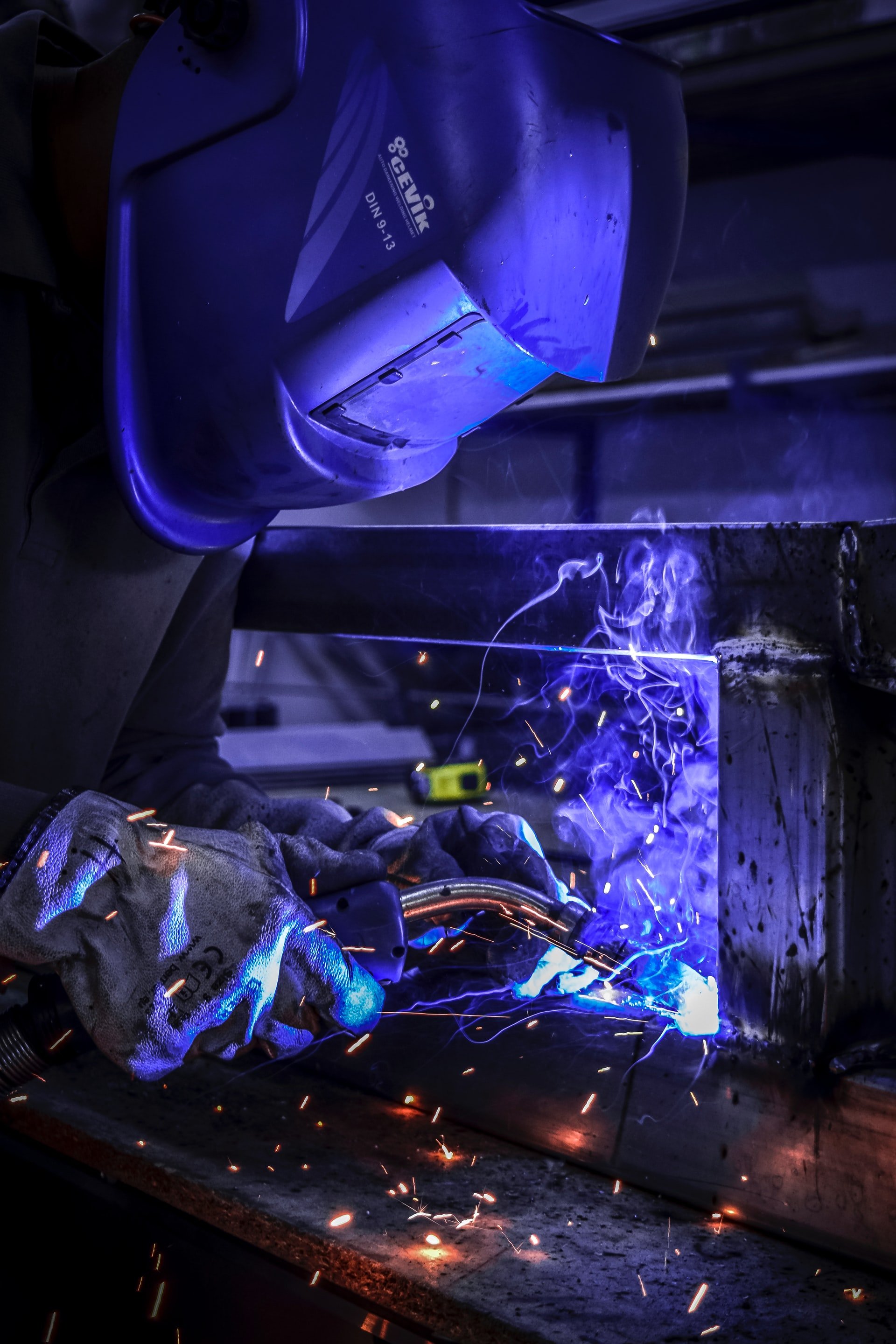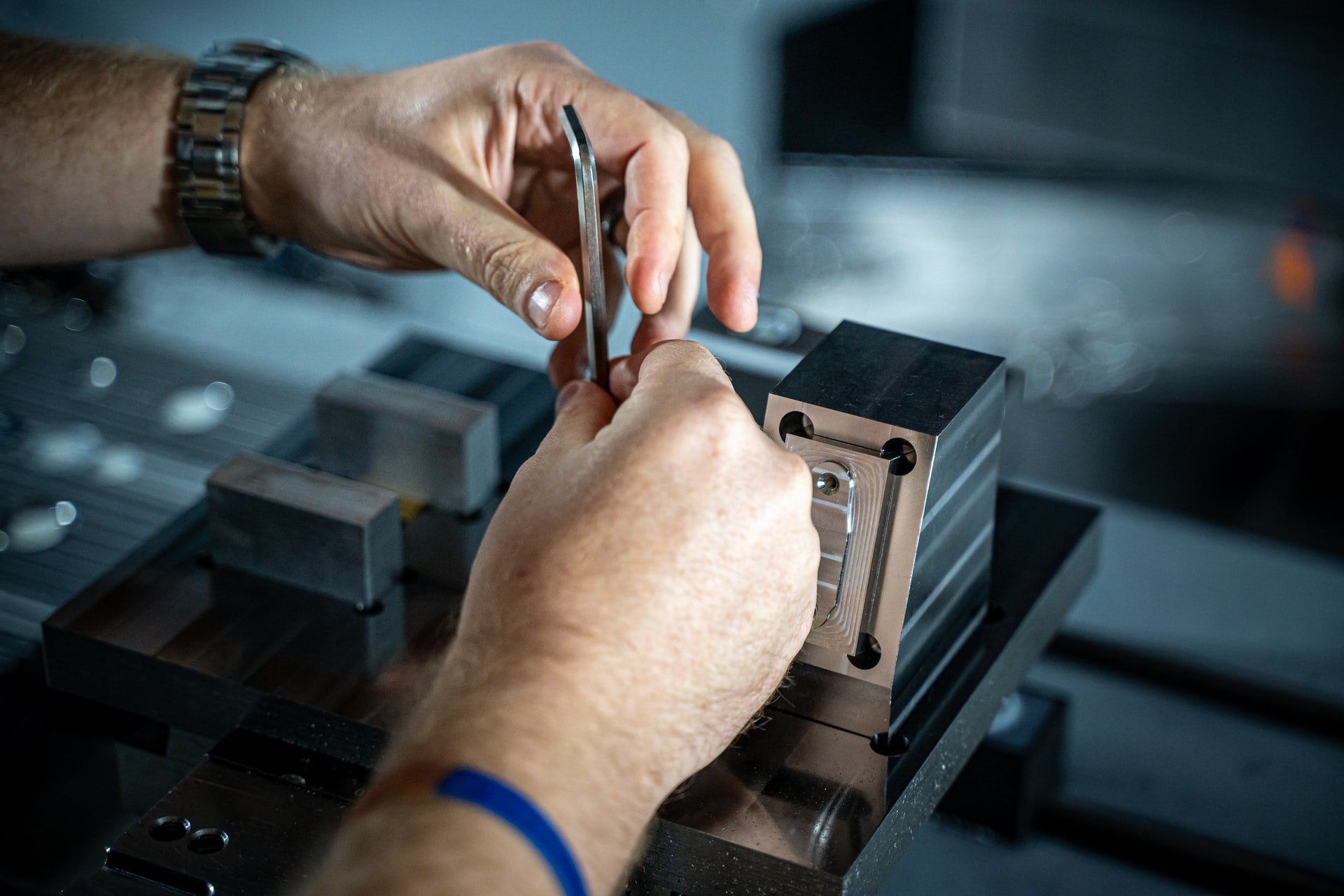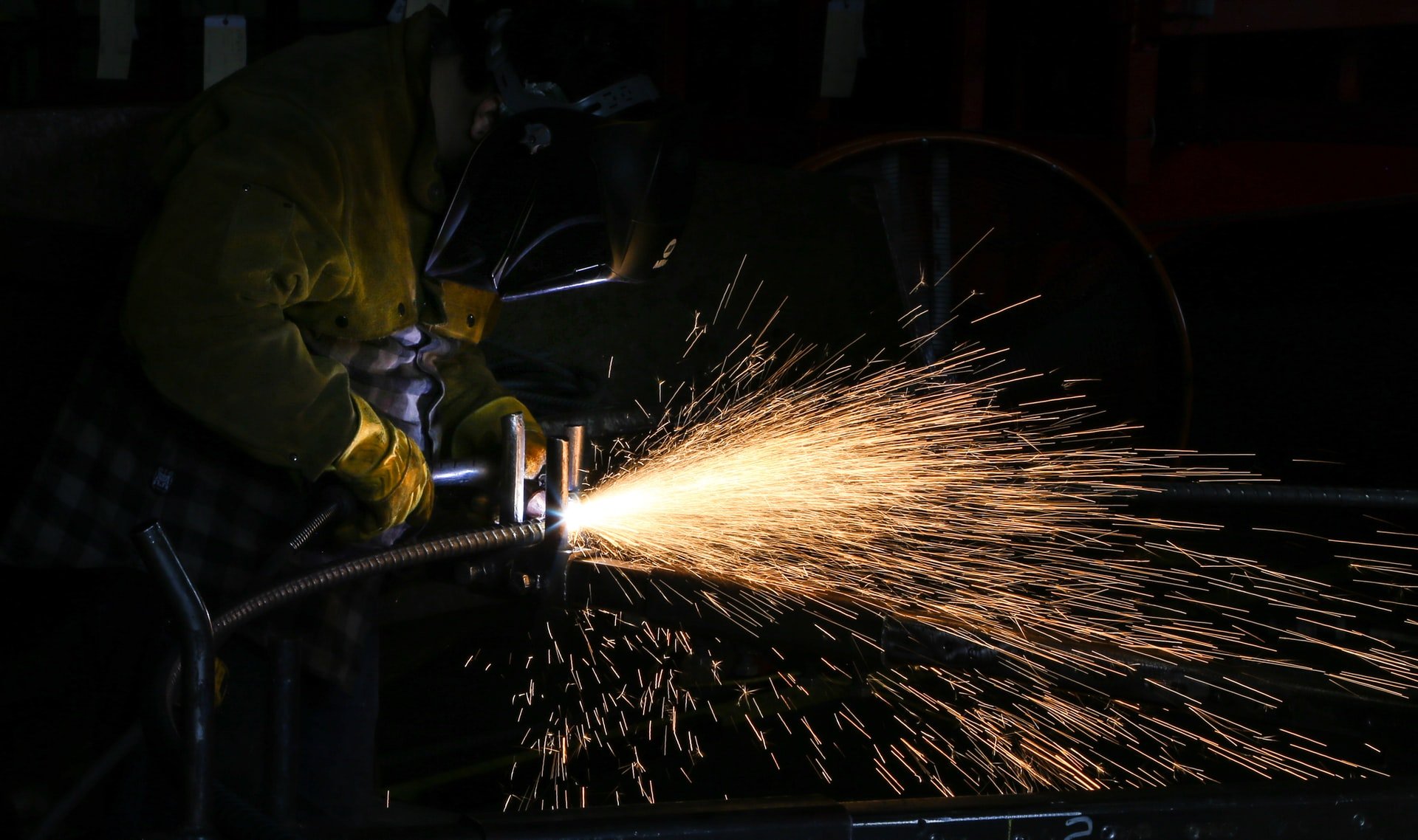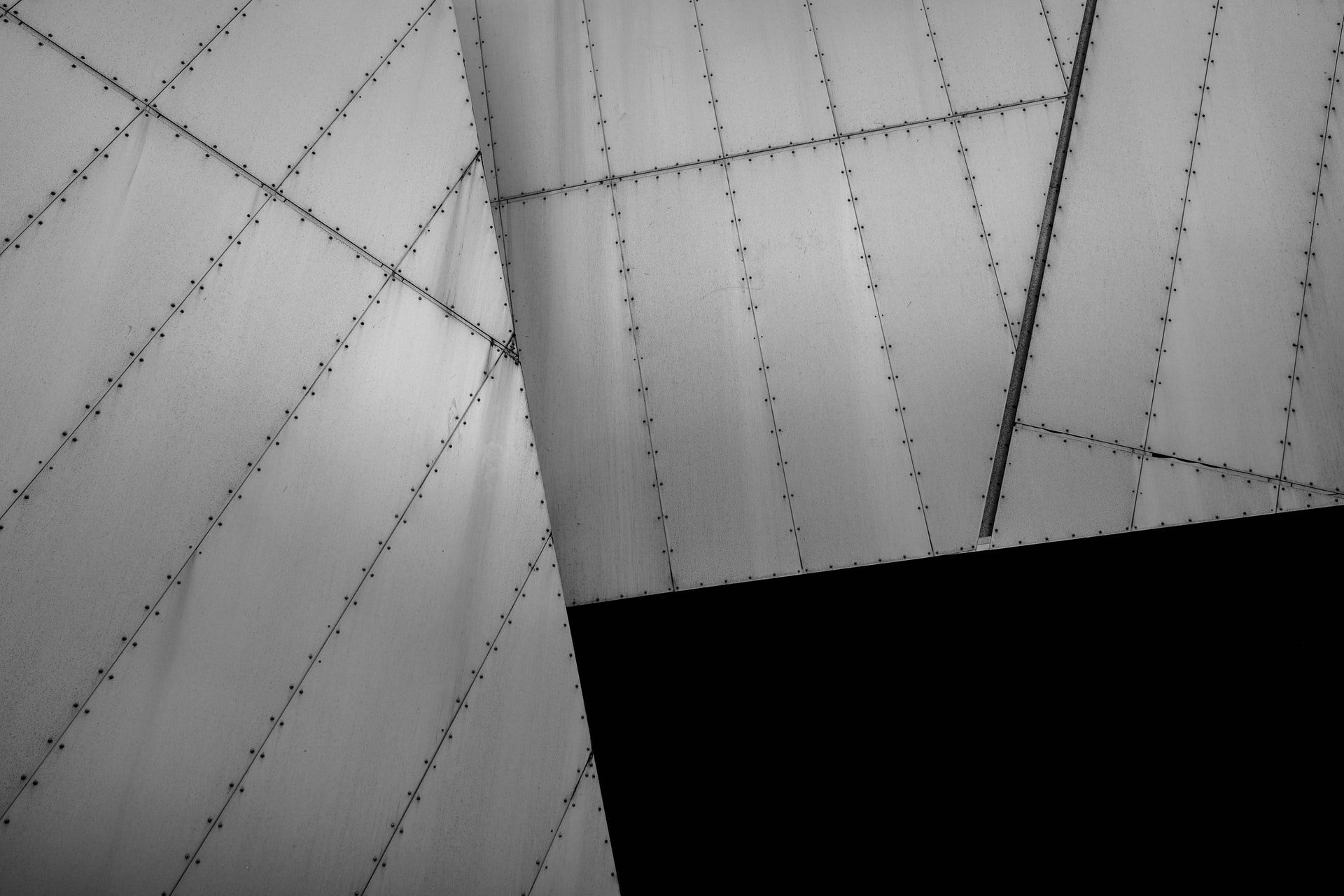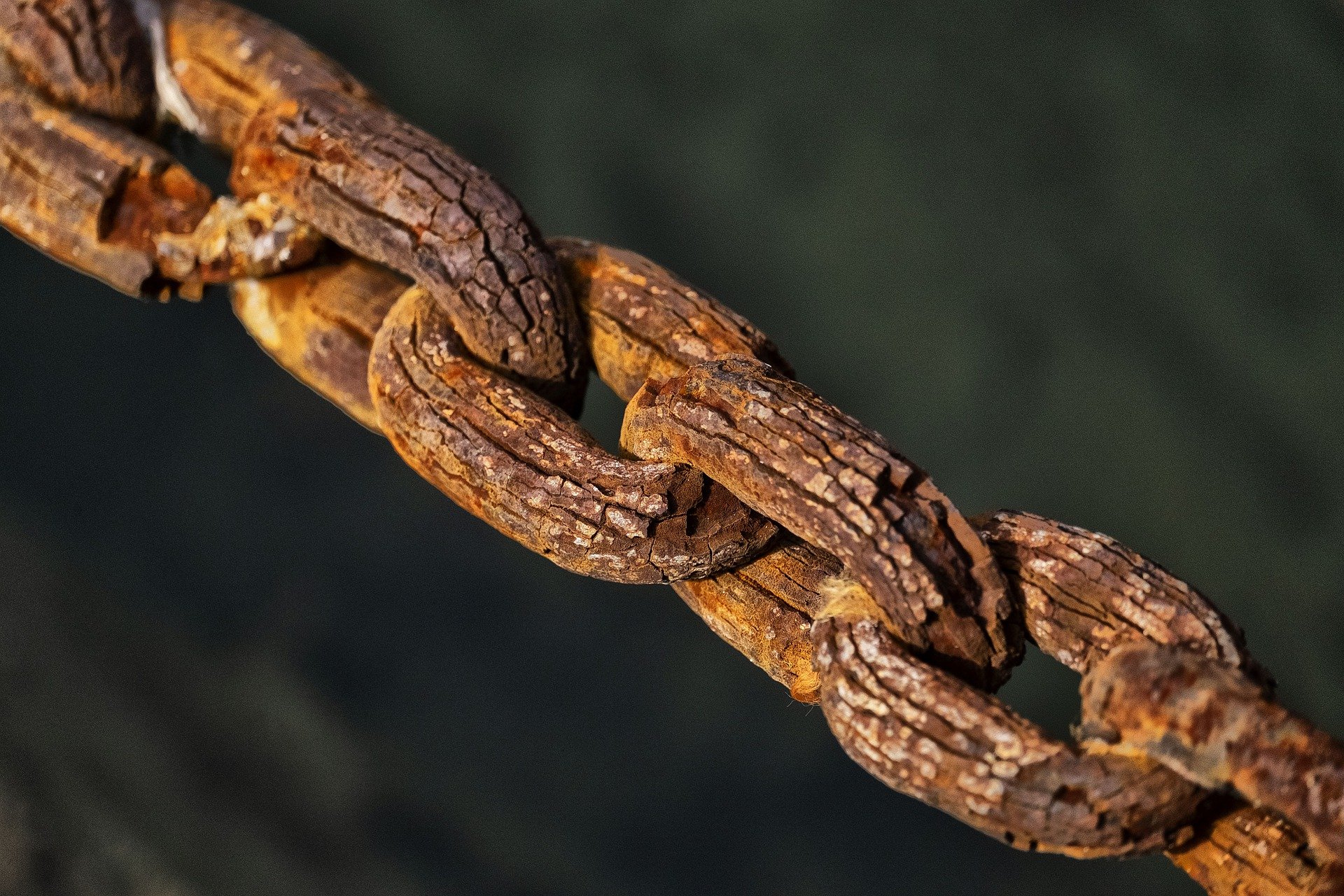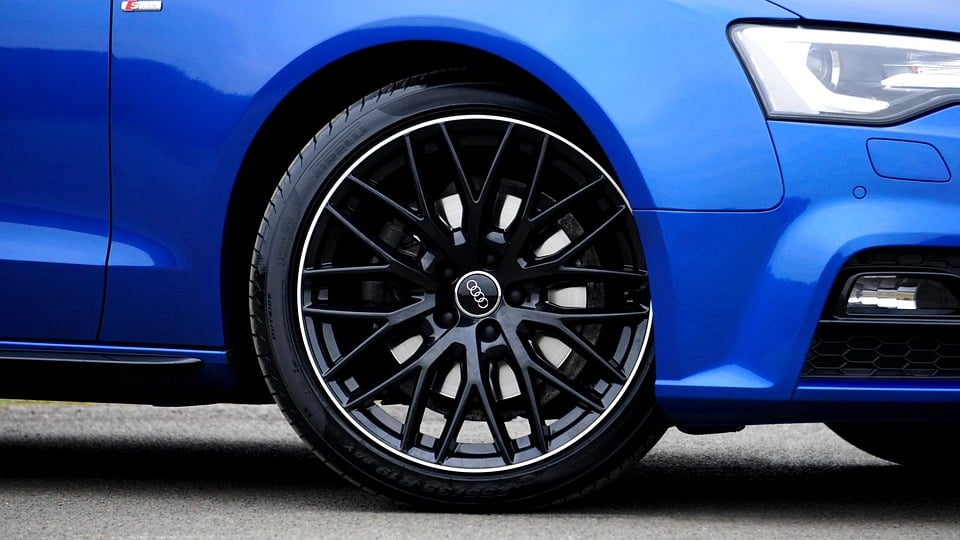
Powder coating wheel rims is in high demand right now because it immediately enhances any car, especially older models. Many new motorcycles also come with wheels that are already powder coated. The technique is well established and for good reason. Not only does it look great, but powder coated wheels are easy to clean, have a high resistance to heat, extreme weather and the chemicals like salt that a hostile environment like our roads can throw at them.
Is Powder Coating Wheel Rims Different From Other Applications?
Wheel rims operate in relatively hostile environments compared with something like garden furniture or handrails for stairs. Vehicles and machinery designed for outdoor use benefit from additional anti-corrosion protection before applying the powder coating. Typically, this consists of hot zinc treatment (spray or galvanising dip).
Surface Preparation Is Critical For Successful Powder Coating
Just as with painting, if the surface is not prepared correctly then the end result will be less than satisfactory. Because powder coating requires “cooking” or curing the wheels, the tyres must be removed. Don’t forget other objects too, such as marque motifs, valves and balancing weights. Only the metal structure of the wheel should be sent to the powder coating workshop.
Wheels usually have brake dust ingrained which must be thoroughly cleaned down to bare metal. That may require removal of older paint or powder coatings, as well as rust from steel wheel trims. Blast cleaning removes most impurities but sometimes a chemical bath may be required to get rid of previous powder coating layers.
Applying The Powder Electrostatically
The special powder is made from polymers and pigments and is applied using an electrostatic gun. Static is the force that keeps the powder adhered to the target surface as otherwise it would just fall off immediately. The gun gives the powder parties a positive charge, while the target surface is earthed. Some powder coating workshops recommend heating the wheels first to obtain a better result.
Curing
The wheels are then placed into an oven or a heating chamber with infra-red or halogen heaters for 15 to 20 minutes at up to 200° C. This causes the polymers to melt and flow, creating a thick skin that is shiny and very attractive. Effectively, you are encasing your wheels in a protective plastic coating.
Wheel Powder Coating Near Me
We are GLW Engineering and our workshop is located in March, Cambridgeshire, which is convenient also for customers in Suffolk, Norfolk and Lincolnshire. Please contact us to discuss your requirements for powder coating your wheels – cost, timescale, options and so on.
Image source: Pixabay


